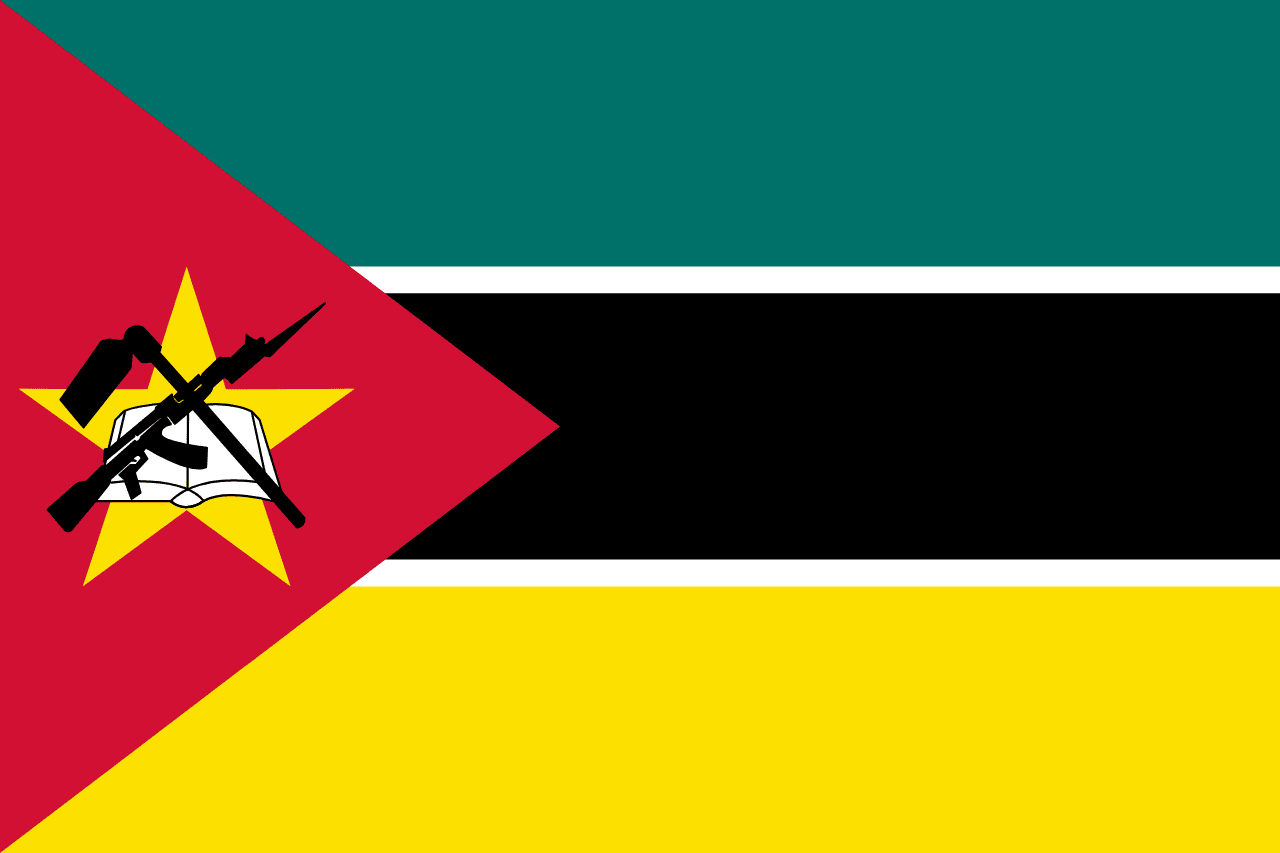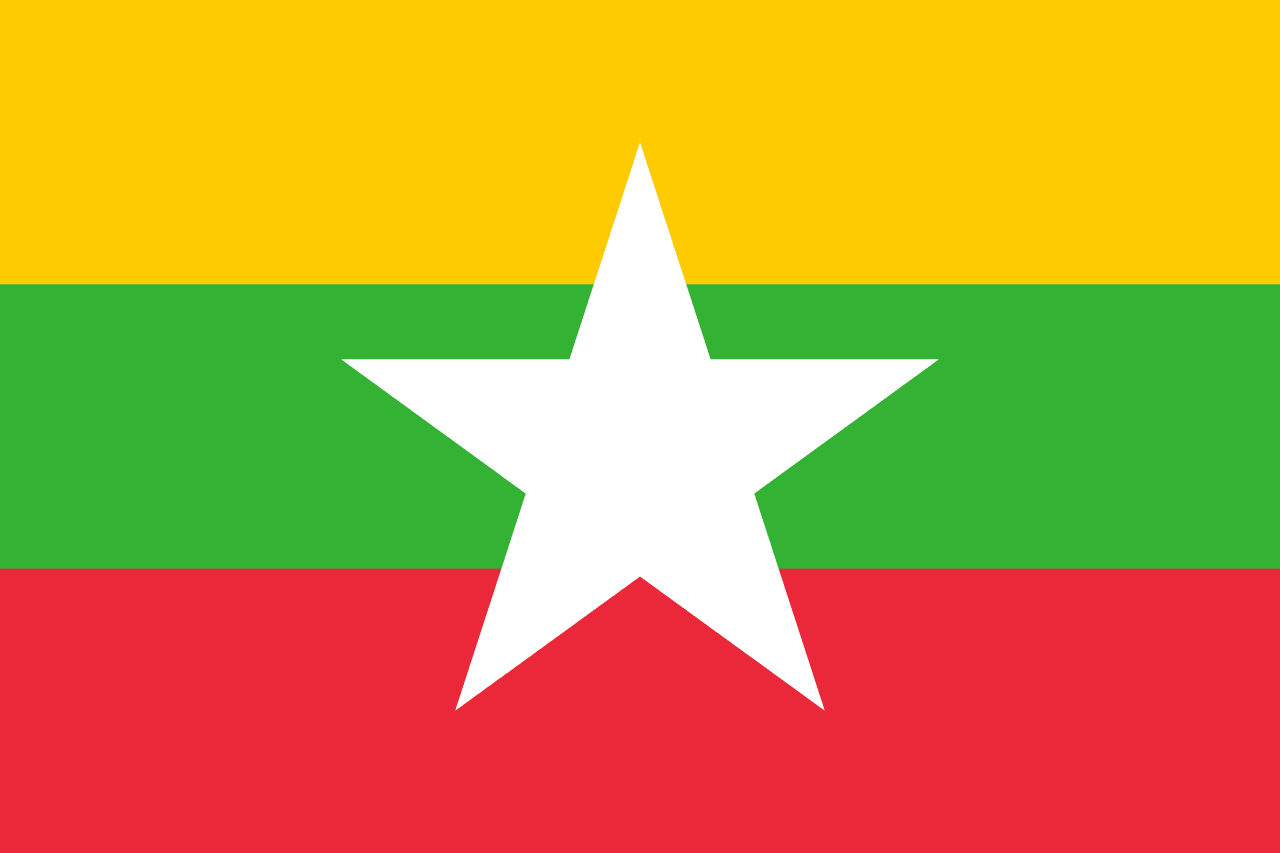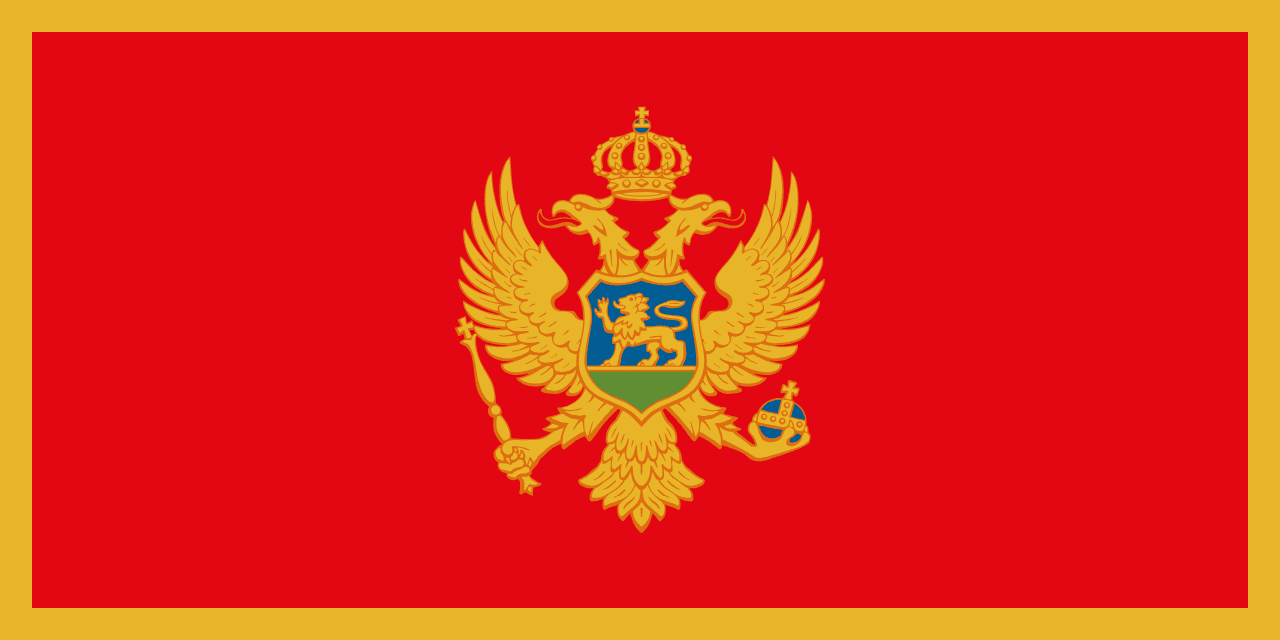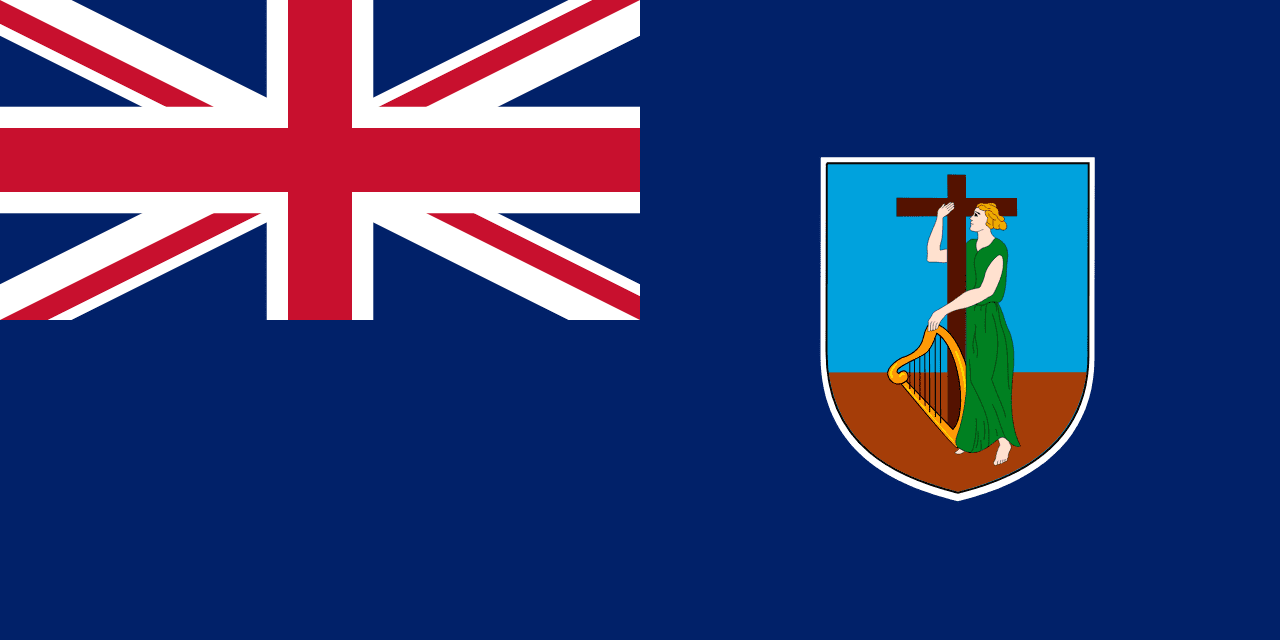The flag of Morocco consists of a vibrant red field with a distinctive green pentagram (five-pointed star) centered in the middle. This striking design carries deep historical and cultural significance, representing the nation's rich heritage and values.
Morocco information
| National Flag Day | — |
| Sovereign state | Yes |
| Official name | Kingdom of Morocco |
| Capital | Rabat |
| Population | 36,471,770 |
| Area | 710,850 km² |
| Currency | Moroccan dirham (MAD) |
| Language | Arabic, Berber, French |
| Continent | Africa |
| Region | Maghreb |
| Subregion | North Africa |
| Borders | Western Sahara, Algeria, Mauritania, Spain (Ceuta and Melilla) |
| Timezone | Western European Time (WET) UTC+0 |
| Calling code | +212 |
| Top-level domain | .ma |
History of the Moroccan Flag
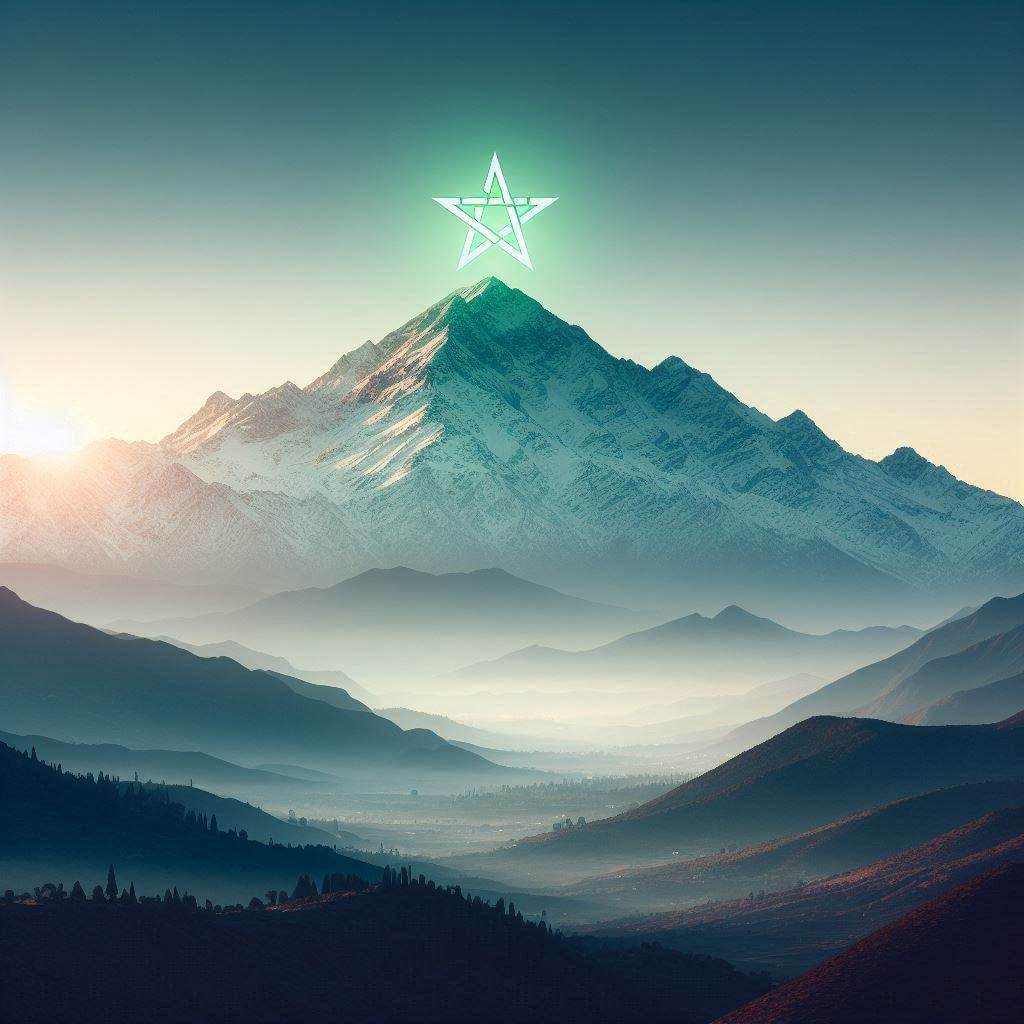 The current Moroccan flag was officially adopted on November 17, 1915, during the reign of Sultan Yusef ben Hassan. However, its origins can be traced back much further. The red background has been a symbol of Moroccan sovereignty since the 17th century, when it was used by the Alaouite dynasty. The green pentagram was added in the early 20th century, combining traditional Islamic symbolism with the country's royal heritage.
The current Moroccan flag was officially adopted on November 17, 1915, during the reign of Sultan Yusef ben Hassan. However, its origins can be traced back much further. The red background has been a symbol of Moroccan sovereignty since the 17th century, when it was used by the Alaouite dynasty. The green pentagram was added in the early 20th century, combining traditional Islamic symbolism with the country's royal heritage.
Symbolism and Design of the Moroccan Flag
Every element of the Moroccan flag is imbued with meaning. The red field symbolizes hardiness, bravery, strength, and valor. It also represents the royal Alaouite dynasty and the sacrifices made by Moroccans for their country. The green pentagram, known as the Seal of Solomon, is a powerful symbol in Islamic tradition. It represents the five pillars of Islam and is believed to offer protection and guidance. The green color itself symbolizes hope, love, joy, and the lushness of the land. Together, the red and green embody the relationship between God and the nation, reflecting Morocco's deep-rooted Islamic identity.
Usage and Significance of the Moroccan Flag
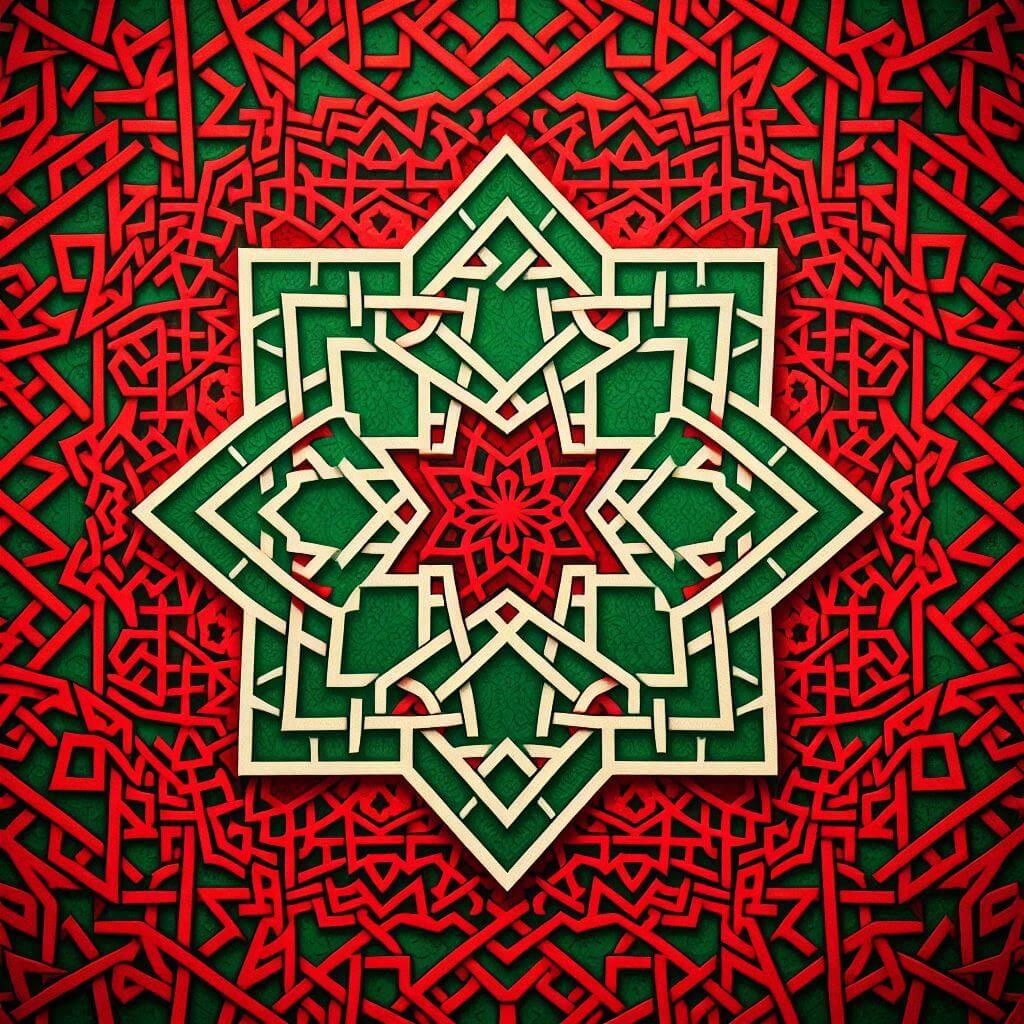 The Moroccan flag is a ubiquitous symbol of national pride and unity. It is prominently displayed on government buildings, schools, and public spaces throughout the country. During national holidays such as Throne Day and Independence Day, the flag takes center stage in celebrations and parades. It also plays a crucial role in diplomatic settings, representing Morocco in international forums and at embassies worldwide. For Moroccans, the flag is a powerful reminder of their shared history, cultural identity, and aspirations for the future.
The Moroccan flag is a ubiquitous symbol of national pride and unity. It is prominently displayed on government buildings, schools, and public spaces throughout the country. During national holidays such as Throne Day and Independence Day, the flag takes center stage in celebrations and parades. It also plays a crucial role in diplomatic settings, representing Morocco in international forums and at embassies worldwide. For Moroccans, the flag is a powerful reminder of their shared history, cultural identity, and aspirations for the future.
Interesting Facts About the Moroccan Flag
- The Moroccan flag is one of the simplest and most recognizable national flags in the world, with its bold red field and distinctive green star.
- The shade of red used in the flag is often referred to as "Moroccan red" and has become closely associated with the country's cultural identity.
- Morocco's flag has remained largely unchanged for over a century, reflecting the stability and continuity of the nation's monarchy and traditions.
- The flag's design has inspired various elements of Moroccan architecture and decorative arts, with the pentagram motif often appearing in tilework and textiles.
- During the period of the French and Spanish protectorates (1912-1956), the Moroccan flag continued to be used alongside those of the colonial powers, symbolizing the enduring sovereignty of the Moroccan monarchy.
